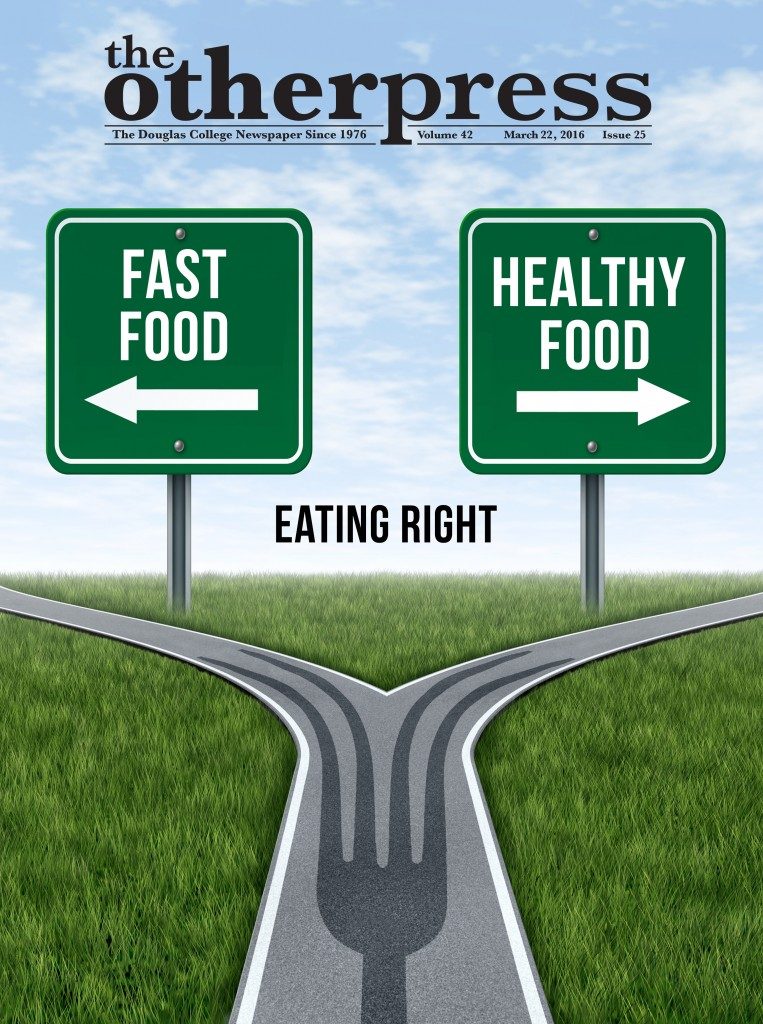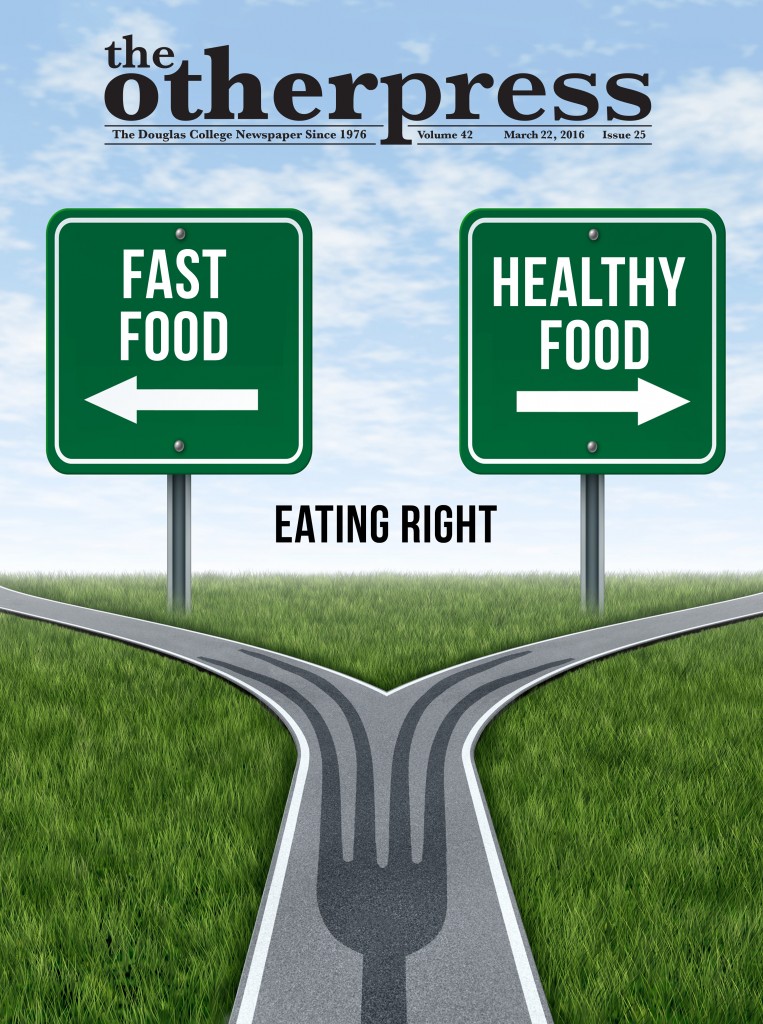
By Chitwan Khosla, Features Editor
“Mirror, mirror on the wall, which of these is the healthiest of the all?”
This is the question I ask pretty much every time I want to or have to eat anything. Like me, with infinite information available on Google and WebMD, many people are trying to incorporate a focus on health into their lifestyle. Exercising, eating nutrient-rich food, setting and sticking to a routine, and meditating—you’ll find almost every other person around you talking about health. It is a universal fact that diet is the key to good physical and mental health, but is health dependent on the healthy food components only? Well, the answer is no, not always. It has been talked about for a long time how cooking techniques contribute to retaining and sometime even increasing the nutritional value of the foods we eat. Healthy cooking is necessary for healthy eating.
Lucky enough for us, food scientists and chemists have successfully worked to discover and develop cooking techniques that help in making our food better for consumption. These techniques don’t require a chemical laboratory or fancy appliances, just a pinch of effort and a tablespoon of patience.
Rice is a staple food for almost 50 per cent of the world’s population. Asian countries, where most of the rice of the world is consumed, als0 has led to rises in diseases such as diabetes. Due to its high-starch content, which easily breaks down into glucose, rice is not a healthy food to have daily. Now, some may argue that we can use brown rice as a healthier option; however, even brown rice is a calorie-rich diet, even if it’s not as much as the white variety. Students at the College of Chemical Sciences from Sri Lanka worked with over 38 different types of rice and discovered that there is an easy trick behind making rice lower in calories, reported Time.com. The trick is to add omega-3 rich oil, such as coconut oil, to boiling water, and then add rice to it and boil for 40 minutes. Then leave it in the fridge for 12 hours to cool down. This lowers the calorie-content in white rice up to 60 per cent.
Similarly potatoes are also a universal food component. Used widely in all the world cuisines, potatoes are considered unhealthy as they contribute to weight-gain and are also rich in carbohydrates. The trick to cut down the calories in potatoes is similar to the one for rice—roasting them in the oven reduces their starch content. Then let them cool down for 2–3 hours and eat them with the skin on. This actually can help you control the carbohydrate content in your diet.
Nutritionist Palak Chaudhary spoke with the Other Press about healthy cooking methods. First, she talked about leafy vegetables and the common myths behind cooking them. “Many believe that eating raw vegetables are the best,” Chaudhary said. “However, this is not always true. For example, kale is a super-food and provides so many vitamins and minerals in a single serving. It is good to eat it as part of your salad, but it is best eaten when it is slightly steamed or boiled. This is because leafy vegetables have complex cellulose, which are hard to digest for the human body and can take up a lot of the body’s magnesium and zinc content to digest it, causing the deficiency of these essential elements. Steaming or boiling breaks down a lot of this hard-to-digest cellulose and makes it easy on your stomach. If you boil it, then use the water for making smoothies, or mix it with the dough to make pasta.”
Beans and lentils are very good sources of protein for vegetarians, and help in the smooth functioning of the kidneys, but it should be kept in mind that these beans can upset your stomach too. This is once again because our body lacks the enzymes needed to digest the beans and legumes. Chaudhary suggests pre-soaking the beans overnight before cooking them, and throwing away the water used for cooking. Canned beans should be avoided, as they are more likely to cause issues with the digestion due to high salinity and other preservatives. Also, salt should be added to the beans once they are cooked, and not before that. This allows the peel of the beans to crack open.
Another food that can be made healthier by using the correct way of cooking is asparagus. Asparagus is rich in vitamin K, essential elements like copper, zinc and selenium, and much more. Most of it remains intact if you roast or blanch asparagus. Even though it is often sautéed in olive or refined oil, asparagus doesn’t require much oil for cooking, and it can be avoided altogether. Instead, sauté it with white wine vinegar, wine, or any broth (chicken or soup) of your choice. Similarly, you can sauté shredded cabbage in a broth for making recipes that require crunchy cabbage bites.
Eggplants are like sponges, so they can absorb a lot of oil when you fry them. Eggplants are high in antioxidants, which keep your heart healthy and should be consumed more often. Many complain that they are bland in taste and should be mixed with a batter and fried to make them edible. For that, Chaudhary suggested: “Roast the eggplants before pan-frying them. It will cut the fat and the goodness will also remain intact to a greater extent.”
Roasting vegetables is a very healthy option if you want to avoid taking supplements and want to fulfill your body’s deficient minerals and vitamins by eating good foods. Whole tomatoes and cauliflowers should be roasted and should be consumed hot. Roasting cooks the food and also kills harmful bacteria on top of making the food more digestible.
“Broccoli and cherry tomatoes are often eaten as salad components,” she explained. “They are good as they are, but heating them in the microwave for a minute is often recommended as it makes them soft, juicier, and starts digestion early. […] Our bodies invest high amounts of heat in digestion otherwise.”
If you think zucchini is good for grilling and stir-frying only, then you might want to reconsider it. Zucchini is best eaten raw with dips, but it is also advised to wrap it in aluminum foil and broil it for five minutes with all the ingredients and condiments you want to add to the dish. This ensures that flavours blend in without it losing a lot of nutritional value.
Although they aren’t vegetables, Chaudhary suggested: “Chicken and fish should be marinated and then grilled or broiled. Marinating allows a lot of flavour to get in, and increases the water-content in the meat, leaving less room for absorption of fats and other things.”
“You don’t always have to watch what you are eating because you want to lose weight,” Chaudhary concluded. “Healthy eating is also important because you don’t want to be gripped by a number of diet-related diseases. Cooking the food in the healthiest way possible is crucial, and should be researched in detail before trying any new recipes. Don’t always go traditional. Swap refined oil with complex oils like olive, coconut, flax, or mustard. Grill instead of pan-frying. Steam instead of boiling, and roast your vegetables. Consult your family doctor and get a complete check-up done at least twice a year to better understand what vitamins, essential elements, and enzymes you are lacking and eat healthy accordingly.”



